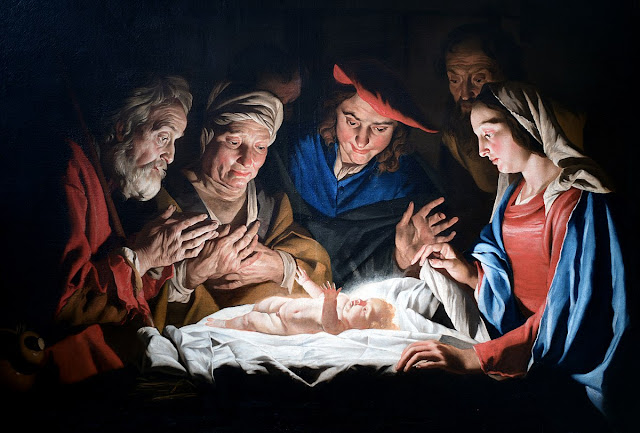The Holy Family of Jesus, Mary, and Joseph serves as an enduring symbol of faith, love, and the strength of familial bonds. Their story, which is central to the Christian faith, offers profound lessons for families today. Through their unwavering commitment to God and each other, the Holy Family exemplifies virtues that remain relevant in a modern world often marked by challenges to familial unity.
A Family Chosen by God
At the heart of the Holy Family is divine purpose. Mary, a young woman of deep faith, was chosen to bear the Son of God. Her acceptance of this calling, encapsulated in her words, “Behold, I am the servant of the Lord; let it be to me according to your word” (Luke 1:38), reflects her extraordinary trust in God’s plan.
Joseph, a humble carpenter, was chosen to be the earthly father of Jesus. Despite initial doubts and fears, he embraced his role with courage and faith. His actions, such as protecting Mary and Jesus during their flight to Egypt, demonstrate his unwavering commitment to his family and God’s will.
Jesus, the centerpiece of the Holy Family, lived in obedience and love within this household. Though divine, He experienced the joys and challenges of family life, growing in wisdom and grace under the care of Mary and Joseph.
Lessons from the Holy Family
The story of the Holy Family offers timeless lessons for families striving to navigate life’s complexities:
Faith and Trust in God: Mary and Joseph’s faith in God’s plan serves as a reminder to trust in divine providence, even when the path ahead seems unclear.
Unity in the Face of Challenges: From fleeing King Herod’s wrath to raising the Son of God, the Holy Family faced extraordinary trials. Their unity and mutual support underline the importance of standing together as a family during difficult times.
The Value of Humility and Service: Joseph’s quiet strength and Mary’s selflessness show that humility and service to others are essential to building a strong family foundation.
The Centrality of Love: Above all, the Holy Family radiates love—for God and for each other. This love was the cornerstone of their relationship and serves as an example for all families.
The Holy Family in Today’s World
In today’s fast-paced and often fragmented society, the Holy Family’s example is more pertinent than ever. Families face a host of challenges, including societal pressures, economic difficulties, and the distractions of modern technology. By emulating the virtues of the Holy Family, modern families can find strength, resilience, and a sense of purpose.
Faith: Making space for prayer, worship, and spiritual growth helps families stay connected to their faith and to each other.
Communication and Unity: Open and honest communication, combined with a commitment to supporting one another, fosters harmony.
Love and Forgiveness: By prioritizing love and practicing forgiveness, families can overcome conflicts and grow stronger together.
Reflection
The Holy Family stands as a beacon of hope and inspiration, reminding us of the sacredness of family life. Their example encourages us to cultivate love, faith, and unity within our own families, creating a legacy that mirrors the divine love at the heart of their story. As we reflect on their lives, may we find guidance and strength to build families that reflect God’s grace and compassion.


















